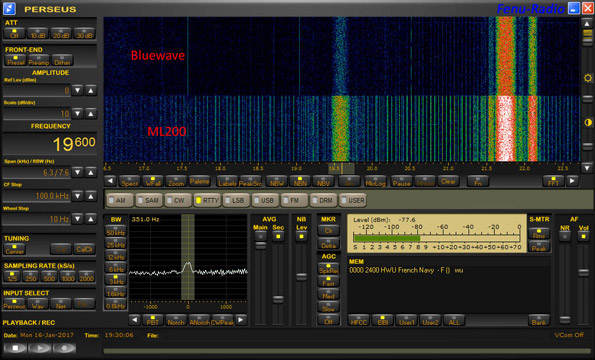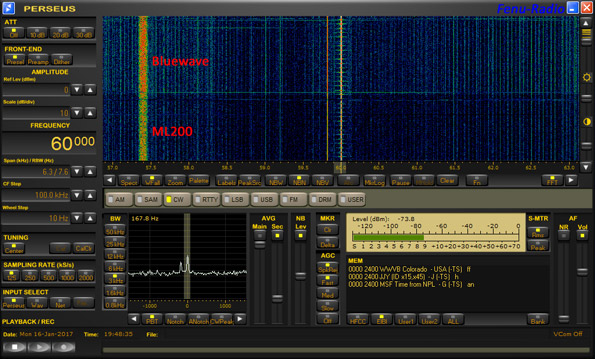|
Loop amplifier Red-Fox by Stampfl
As often before I was in contact with Heinz Stampfl because of his interesting receiver projects, which are very well know in the radio community, e.g., the Junior1 assembly kit. During a conversation, Heinz told me that he was busy constructing a loop amplifier. This caused my curiosity because I am always looking for new and interesting gadgets for receiving shortwave. I told him that I was interested in running tests should he come up with something new. A few weeks later I was sent a first pre-production model of the amplifier. Heinz warned me that the amplifier would not tolerate large loops. And that was true, indeed! In some parts of the shortwave spectrum, the amplifier worked well with a loop of about 2m circumference. At night, however, there were countless intermodulation products on long- and shortwave. That was not acceptable! On the one hand, Heinz wanted an amplifier which could be built easily, and on the other, the amplifier was supposed to work satisfactorily at least for small loops. One of the first amplifier prototypes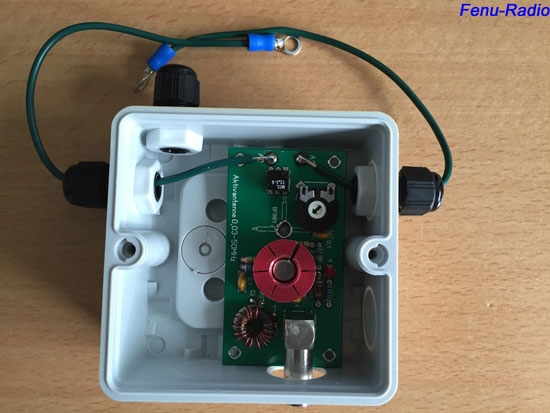
After some changes in the construction and circuitry, it became clear, that it was not easy to combine both simple design and good performance. Sometimes, it takes an idea from outside the box and that is why we asked GŁnter Mandel DL4ZAO who had already been very helpful during the development of the BCL-Loop 11 and who was able to contribute good ideas as regards the circuitry. This proved to be the right step and the cooperation with GŁnter was again very successful. After the third trial circuit board, the amplifier was ready. One thing that must not be neglected when designing an amplifier of this kind is the power supply (bias tee) which supplies the amplifier with the required power and which also separates the HF-signal from the power before it reaches the receiver. If this is not built properly, the amplifier will not work to its best and will result in an increased level of noise in some frequency ranges. So we paid a lot of attention to the bias tee. It also became clear that hand-made toroids are better than commercial ones because they reduce noise considerably. And so the loop amplifier "Red Fox" saw the light of day and was compared to the NTi ML200 antenna. I always enjoy being the first person who gets to test and evaluate something new. The Red-Fox amplifier is designed for the 50kHz - 30MHz range but test showed that it also works above and below these frequencies. Comparison between Red-Fox vs. NTi ML200 The test were run on two identical loops. Both of them had a circumference of 4.3 m and were about 2m apart. Soon, it became clear that the Red-Fox produced lower reception levels than the ML 200, at an average -15dB less. It was very quiet reception-wise, but the levels were too low for hardcore-DX. So, a bigger loop had to be tried. I attached my big loop (almost 8m circumference) on a mast; normally, the ML 200 is attached to that mast. Then I connected the Red-Fox to the loop. Now the signals were a lot stronger. On VLF on 19.6 kHz I could receive the French maritime station HWU with a strong signal and a good SNR, which was almost as good as the ML 200 with its 4.3m loop. With the big loop, the reception of LW and MW was without any problems; the signals were not as strong as the ML200's but readable. On the 8m loop on shortwave, the Red-Fox proved its worth. The signals were quiet with a good SNR. Yet, the lower amplification was noticeable, the ML 200 produced stronger signals but the noise was more annoying here. During the tests I noticed that the Red-Fox tolerates even bigger loops. I connected the amplifier to a 20m loop and the Red-Fox produced clean signals without intermodulation. It was really made for this! In November 2016 I participated in a the DX-Camp in Holzerbachtal near Solingen. This camp always offers a good opportunity for tests and comparisons and so I took the Red-Fox to the DX-Camp. With the help of some friends, I connected the amplifier to a horizontal loop of 50m circumference. After some trouble because of the rough terrain, we found the right loop and its best form. Already in the afternoon it became clear that the Red-Fox worked very well with this big Delta-Loop. There were no intermodulations. In the evening hours, the Delta-Loop with the Red-Fox attached produced signals which no other antenna could render except for my cross-loop with the Reuter amplifier which produced signals which were just as good. Conclusion: The Red-Fox loop amplifier does not reach the performance of the NTi ML200 because its amplification is too low. It is suitable, though, for big loops and it should tolerate horizontal loops with a circumference of 10m - 50m depending on the HF- environment. Because of its simple and clear design with high-quality components, which are readily available, it can easily be repaired and modified. The Red-Fox is very good for experiments and for SWLs, who are not into Hardcore-DX. With your order you will get the amplifier, the bias tee, the circuit diagram and a DC-plug with a cable. Top price and performance! Supplier: Heinz Stampfl (HB9KOC)
Bluewave Loop amplifier by Stampfl The plan to design an efficient and still simply-built amplifier proved to be more difficult than previously thought and could not be realized at present. After some thinking time, Heinz came back to the Red-Fox and modified it several times. The concept of a simply-built amplifier was kept. In the meantime, the three of us had become a well functioning team so that we formed a WhatsApp group to facilitate communication between us. The principle was easy: Heinz (HB9KOC) designed the circuit, GŁnter (DL4ZAO) gave valuable pieces of advice and I ran the tests. In order to make the Bluewave amplifier more flexible, a jumper was added which made it possible to reduce the reception level by approx. -5dB. This can be very advantageous in the case of bigger loops with a circumference of more than 5m. The frequency range is from 50kHz - 30MHz and goes up to FM as well. The amplifier is not designed for frequencies above 30MHz.
For outdoor use I put the Bluewave amplifier in a watertight Hensel case. The bias tee is protected by a nice Hammond case made of aluminum. I use this kind of casing for bias tees exclusively because it also provides protection from interferences. There are enough of them around. In early January 2017 and after some prototypes, the final version was ready for testing and comparison. The tried and tested top amplifier NTi ML200 was the benchmark again and the loops were of the same size. The tests could start. Reception As always we started at the lowest frequency where something can be heard: The French maritime station HWU. On the lowest frequencies, the Bluewave does not equal the performance of the ML200 because reception starts at 50kHz! Starting with 60 kHz things began to look better with the Bluewave rendering somewhat higher levels than the ML200. The important SNR was the same for both antennas.
On longwave and medium wave I could not tell any difference. Absolutely the same quality of reception! There was no intermodulation on the lower frequencies. The same can be said for the lower part of the shortwave band. Starting at 3MHz the ML 200 started to be the better antenna. Very weak station, which were hardly audible, could be received with the ML200 a little better. The Bluewave made these stations audible but the SNR was not as good as the ML 200's. It should be said that we are talking here about stations which were barely audible. As regards the rest of the shortwave range up to approx. 20 MHz, the differences between the amplifiers were very small. Sometimes the Bluewave was a little better and at some instances the ML 200. All in all, the Bluewave is little less effective. Above 20 MHz, the Bluewave proved to be little better than the ML 200. The 10m- beacon station on 28257 kHz was received with the Bluewave with a noticeable better SNR and level. Conclusion Mission accomplished! The Stampfl Bluewave works as planned. Very good reception! It is almost on the same level as the top amplifier ML 200. Reception is respectable. Despite the simple design, which is similar to the Red Fox, the Bluewave can keep up with top amplifiers. A real insider tip. Top price/performance Supplier: Heinz Stampfl (HB9KOC) posted: 16.01.2017
|




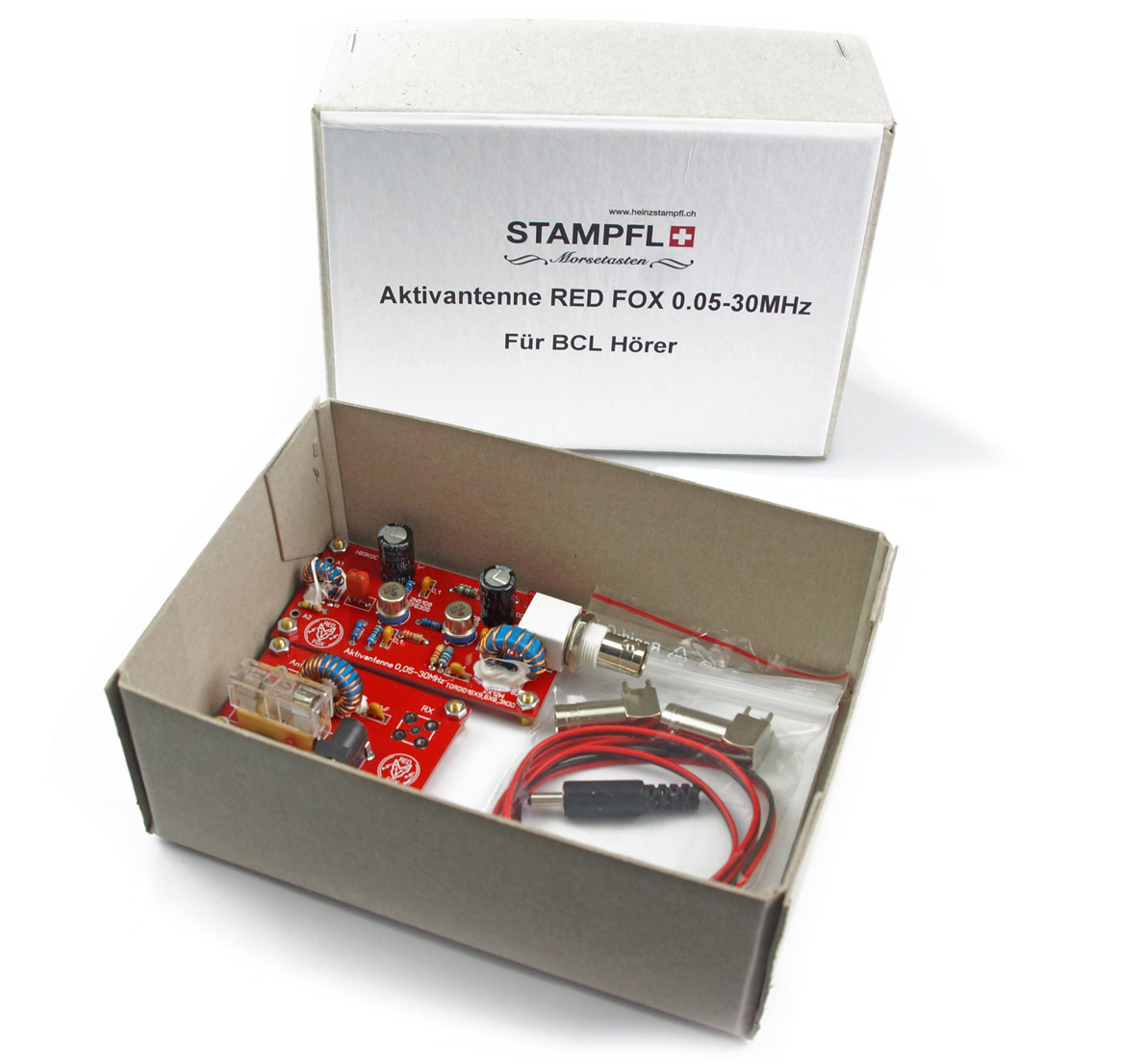





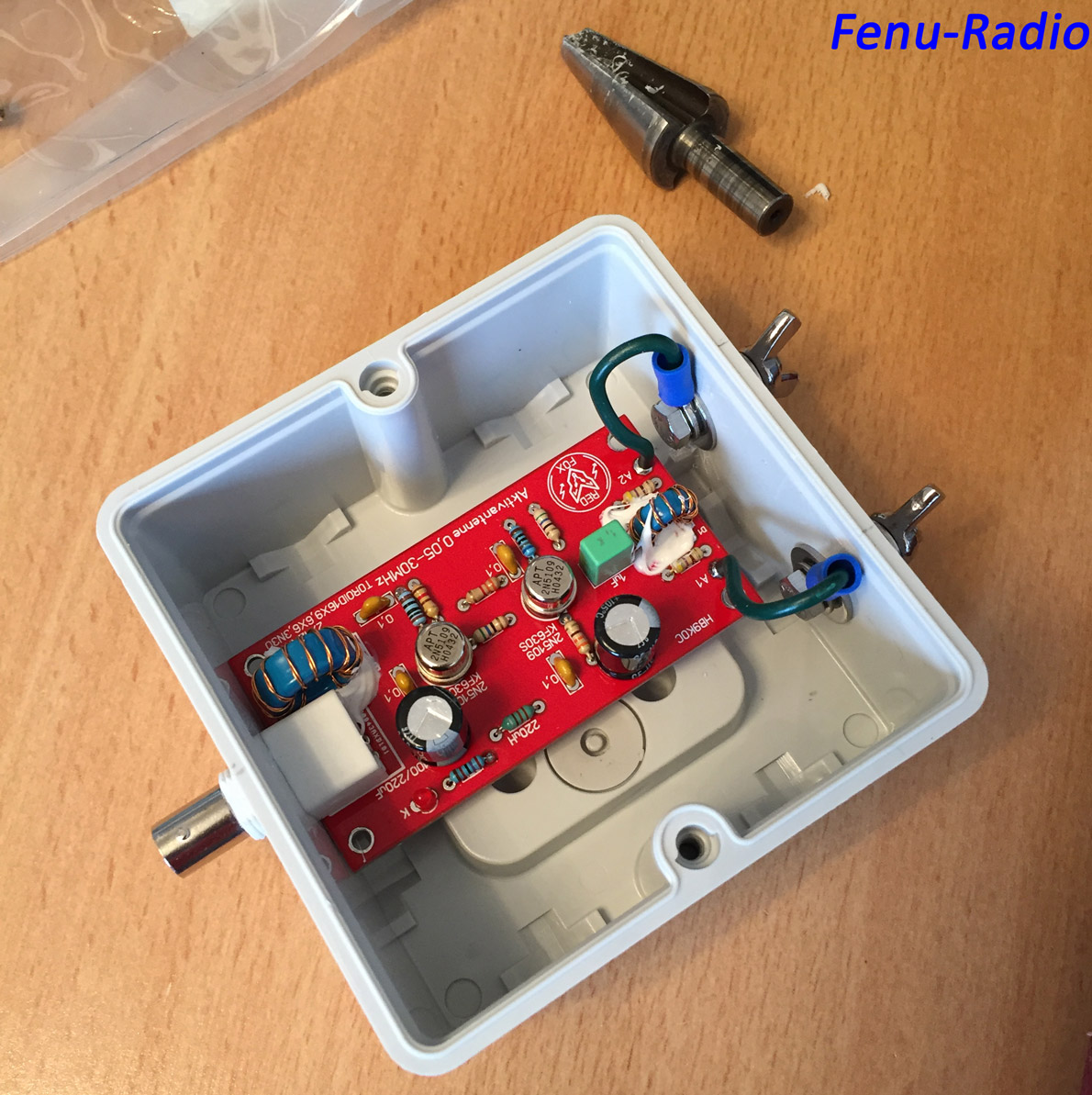
.jpg)

.jpg)
.jpg)



.jpg)

.jpg)
.jpg)

.jpg)
